Committees
The NFSI is supported by several committees involving internal and external personnel. The main governing body of the facility is the Executive Council, which is composed of the 10 principal researchers, each representing one of the universities supporting the facility.
- Executive Council
- Advisory Council
- Technical Evaluation Committee
- Scientific Evaluation Committee
- Software Development Committee
- Dalhousie Facilitation Committee
Executive Council
The Executive Council (EC) will set the overall strategic direction of the NFSI and provide oversight and advice concerning the management and operations of the Facility. This is the main governing body of the NFSI, which meets regularly to review the performance and effectiveness of the Facility and discuss ongoing sustainability, as well as planning utilization of the Facility’s OBS tools on an annual basis.
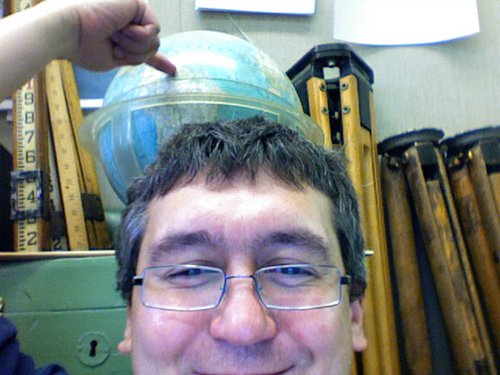
Mladen Nedimović
mladen@nfsi.caDr. Nedimović is a researcher who uses ocean bottom seismometer (OBS) and multichannel seismic (MCS) data to investigate mid-ocean ridges, oceanic crustal evolution, subduction zones, transform faults, and rifted margins, with over 30 years’ experience in academia and industry. He has been PI/co-PI and Chief/co-Chief Scientist on numerous MCS/OBS cruises.
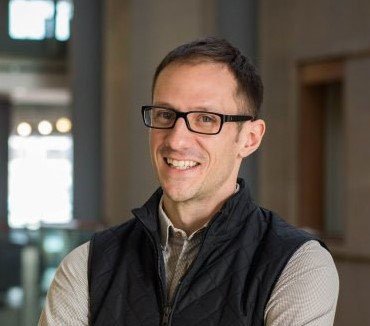
Pascal Audet
pascal.audet@uottawa.caDr. Audet is the University of Ottawa Research Chair in Solid Earth Geophysics . His research is focused on characterizing the Earth’s subsurface structure and seismic hazards, with emphasis on the study of subduction zone structure using broadband seismic data and the role fluids play in seismogenic and slow earthquake processes. He also develops and maintains several open-source software repositories for processing land and marine broadband seismic data.
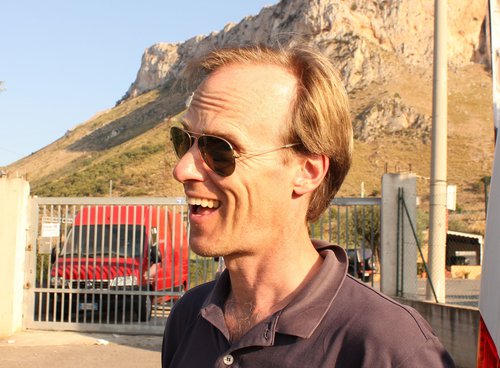
Michael Bostock
bostock@eoas.ubc.caDr. Bostock is a seismologist whose research interests focus on the structure of the lithosphere and the seismicity of subduction zones. He was one of the original principal investigators on the POLARIS initiative and directed the deployment of POLARIS broadband seismological experiments on the B.C. coast.
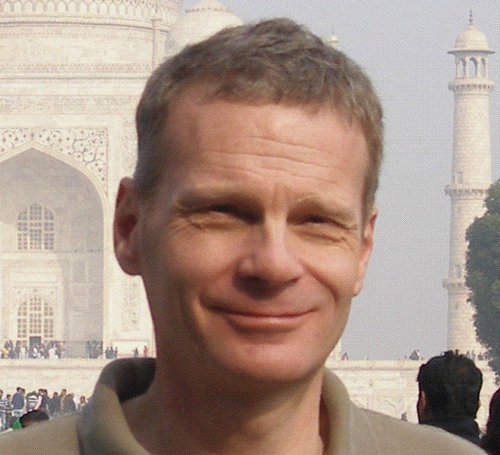
Andrew Calvert
acalvert@sfu.caDr. Calvert is a crustal seismologist that has worked on active source data from a variety of offshore and onshore tectonic settings, from the Atlantic oceanic transform faults, Cascadia subduction zone, and Queen Charlotte sedimentary basins, to diverse Precambrian settings of central and eastern Canada where he found the first seismic evidence of Archean subduction. He also derived the first OBS 3-D tomographic velocity model of an island arc.
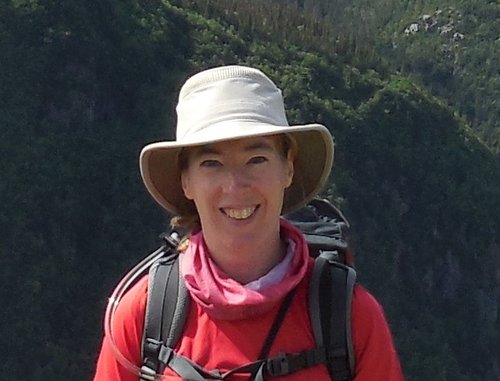
Fiona Darbyshire
darbyshire.fiona_ann@uqam.caDr. Darbyshire focuses on the seismic structure of the crust and upper mantle of Canada and surrounding regions, and the implications for continental evolution and the nature of the subcontinental lithosphere. She has established a real-time long-term seismograph network across central and northern Quebec and Labrador.
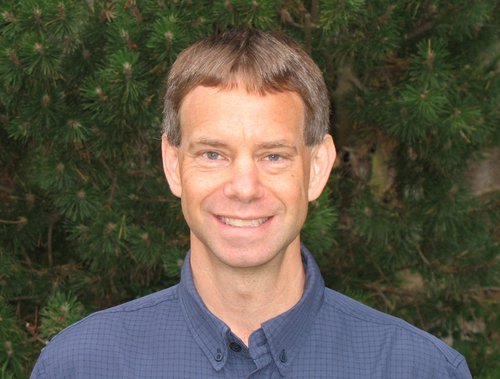
Stan Dosso
sdosso@uvic.caDr. Dosso is a leader in the development and application of nonlinear geophysical inverse theory to seabed geoacoustic and seismological data, and has worked with OBS data from the NEPTUNE array and small-scale deployments through Arctic sea ice.
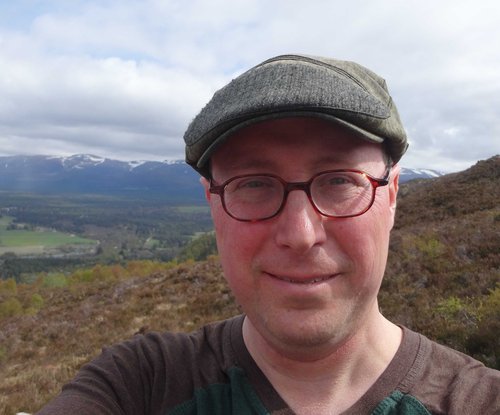
Andrew Frederiksen
andrew.frederiksen@umanitoba.caDr. Frederiksen is an observational seismologist with interests in continental and lithospheric tectonics, as well as novel methods for obtaining structural information from passive seismic data. He has also worked on innovative continental-scale tomographic models. Dr. Frederiksen has participated in two major international field projects: the Superior Province Rifting EarthScope Experiment (SPREE), and the FaultLab project, a study of the North Anatolian Fault (Turkey).
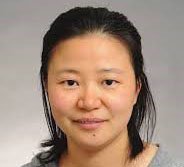
Qinya Liu
liuqy@physics.utoronto.caDr. Liu is one of the early pioneers in developing and applying full waveform inversion techniques (FWI, also known as adjoint tomography) to regional and continental-scale seismic imaging problems. She specializes in applying full simulation of seismic wave propagation to seismic imaging and source characterization problems. She is actively involved in the development of state-of-the-art open-source seismic wave simulation packages.
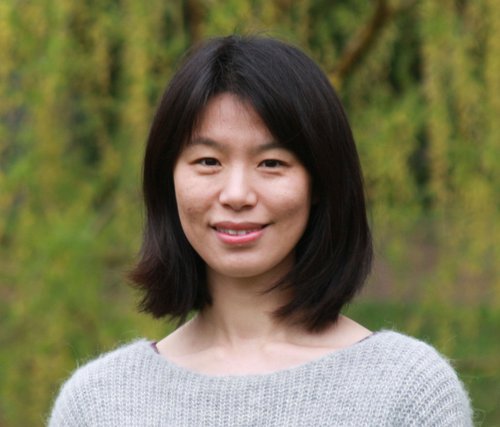
Yajing Liu
yajing.liu@mcgill.caDr. Liu is an earthquake seismologist with interest in earthquake source physics. She combines observational seismology and fault mechanics modeling to address fundamental questions of earthquake nucleation, propagation and arrest. Her focus is in the development of a computational framework for simulating earthquake cycle deformation, and application to a spectrum of slip phenomena along subduction zones and oceanic transform faults.
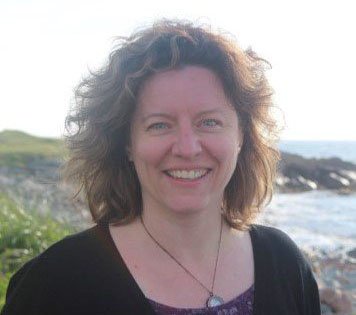
J. Kim Welford
kwelford@mun.caDr. Welford leads the Memorial Applied Geophysics for Rift Tectonics (MAGRiT) research group. She combines controlled-source seismology (seismic reflection and refraction), potential field methods, and kinematic evolution models to study rifted margins. Her research is focused on characterizing the basinal and crustal structure of the rifted continental margins of the North Atlantic and their tectonic evolution.
Advisory Council
The Advisory Council (AC) will consist of up to five members (including the chair), chosen to provide a balance between administrative, management, scientific, and technical expertise from similar international facilities or organizations. The Advisory Council provides guidance on many aspects of Facility operations, including strategic direction, project implementation plans, NFSI policies, user fees, research project criteria and priorities, research infrastructure development, and potential research applications.
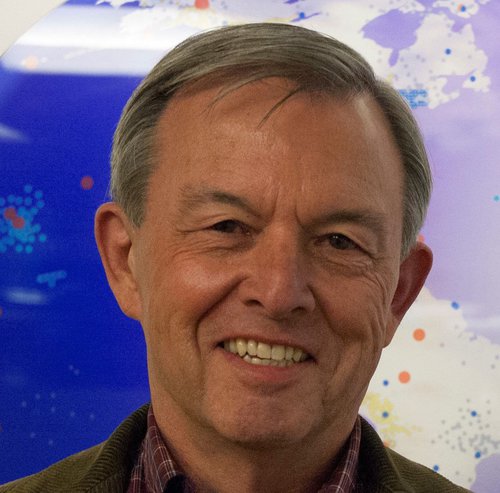
David Simpson
simpson@iris.eduDr. Simpson is a President Emeritus of the IRIS Consortium, where he served as President from 1991 to 2014. During this time, he was responsible for management of IRIS facilities operated and funded by the US National Science Foundation to support national and global resources for seismological research. At the NFSI, he serves as the Chair of the Advisory Council.
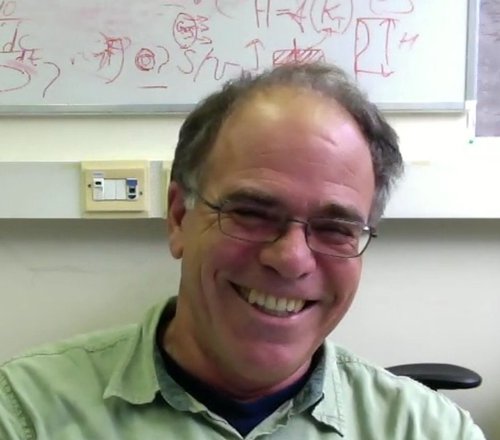
Uri ten Brink
utenbrink@usgs.govDr. ten Brink is a geophysicist, whose research focuses on quantifying tectonic and morphological processes and their impacts on the assessments of tsunami, landslide, and earthquake hazards. He is currently the project chief of the USGS Marine Geohazards project. He has also been in charge of the USGS ocean bottom seismometers for the past 30 years, maintaining, developing, and using OBS for active and passive seismology.
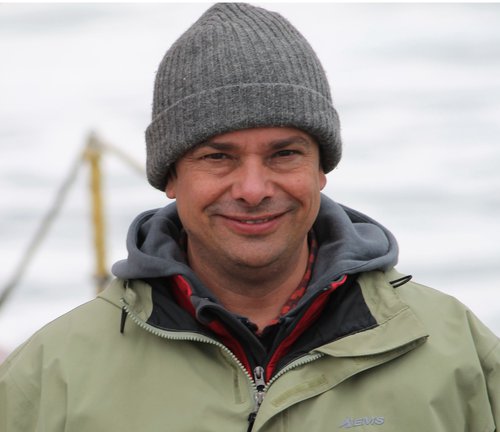
Pablo Canales
jpcanales@whoi.eduDr. Canales is a geophysicist that investigates the magmatic, tectonic and physical processes that govern evolution of oceanic lithosphere, from its formation at mid-ocean ridges to subduction at convergent margins, using controlled-source seismic imaging and modeling techniques. Over the last 26 years he has participated in 20 research expeditions employing offshore and onshore instrumentation, leading/co-leading 8 of them in the Atlantic and Pacific oceans and southern Africa.
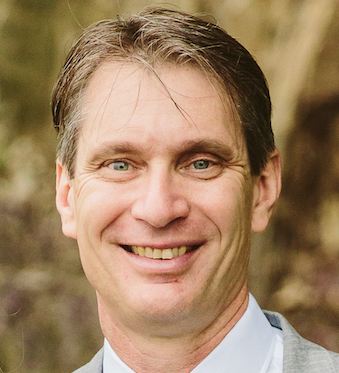
James Gaherty
james.gaherty@nau.eduDr. Gaherty employs seismic imaging techniques to probe the crustal and mantle dynamic processes that control surface deformation and tectonism in a variety of environments. He served as co-PI for Lamont-Doherty Earth Observatory’s contribution to the US OBS Instrument Program, and has lead numerous OBS deployments in deep-ocean basins, on continental margins, and in lacustrine environments.
Technical Evaluation Committee
The Technical Evaluation Committee (TEC) supports the NFSI’s use of the OBS tools by providing information about the scientific needs of users, tracking technical performance of the tools, providing input on technical issues and practical matters related to instrument and system design and data management, providing support for outreach to potential other users of NFSI equipment, and advising on technology transfer and commercialization.

Mladen Nedimović
mladen@nfsi.caDr. Nedimović is a researcher who uses ocean bottom seismometer (OBS) and multichannel seismic (MCS) data to investigate mid-ocean ridges, oceanic crustal evolution, subduction zones, transform faults, and rifted margins, with over 30 years’ experience in academia and industry. He has been PI/co-PI and Chief/co-Chief Scientist on numerous MCS/OBS cruises.
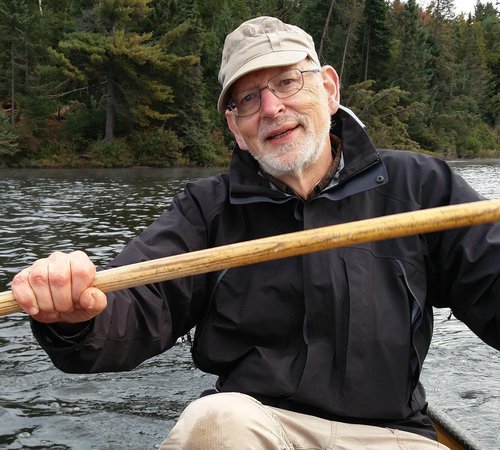
Keith Louden
kelouden@gmail.comDr. Louden employs controlled source seismological and heat-flow measurements to investigate the structure of rifted margins globally. He has participated on over 45 research cruises and directed the Canadian Mariprobe Program (2000-04). He also has designed and built new instrumentation, including multi-component seafloor seismographs and heat flow probes. At the NFSI, he has served as the first Facility Manager.
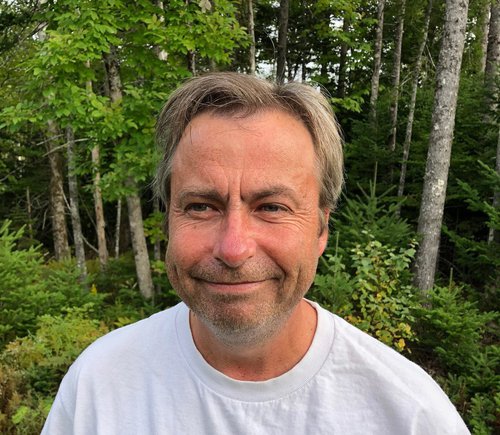
Peter Pledge
peter.pledge@canada.caPeter has over 22 years of experience in the marine geophysical field. He has participated at sea as an operator of seismic reflection/refraction surveys, programmed and designed high resolution digital acquisition systems as well as other specialized subsea instrumentation, and is currently section head for the Marine Engineering and Technical Field Support group at the Geological Survey of Canada (Atlantic). Peter holds degrees in Mathematics and Engineering from Dalhousie.
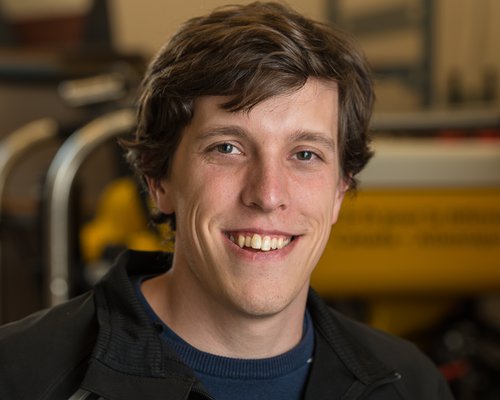
Sean Spears
sean.spears@gmail.comSean is an Electrical Engineer at the Defense Research and Development Canada (DRDC), where he leads a part of the Unmanned Maritime Systems group with a focus in marine robotics and autonomous systems. Sean also helped develop the Oceans Technology Advanced Diploma program at NSCC, where he taught the Remote and Autonomous Systems course.
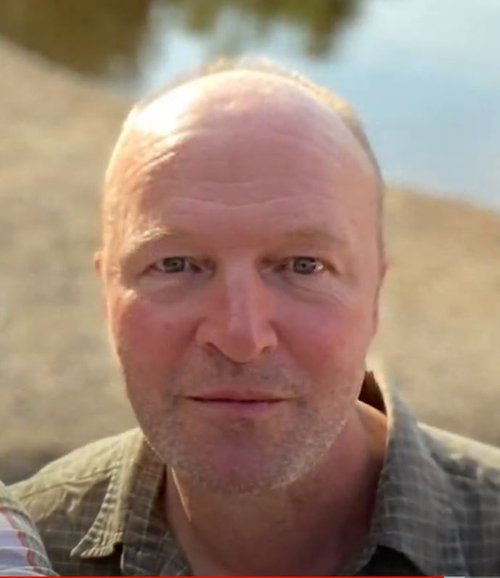
Graeme Cairns
gcairns@nfsi.caDr. Cairns has 30 years of international experience in marine electromagnetic methods, multiphysics data interpretation and managing technical teams. Following research positions with the CNRS and ODP, he moved to Schlumberger where as Chief Geophysicist for non-seismic methods he oversaw land and marine surveys, data analysis, and R&D activities. In 2017 he left Schlumberger to hike the Pacific Crest Trail before returning to his research roots with NFSI.
Scientific Evaluation Committee
The Scientific Evaluation Committee (SEC) will consist of a subgroup of the Executive Council. This committee accepts and ranks proposals for the use of the NFSI equipment and recommends, prioritizes, and schedules funded projects with input from the Advisory Council. The Scientific Evaluation Committee also evaluates tender bids for the NFSI instrumentation.

Mladen Nedimović
mladen@nfsi.caDr. Nedimović is a researcher who uses ocean bottom seismometer (OBS) and multichannel seismic (MCS) data to investigate mid-ocean ridges, oceanic crustal evolution, subduction zones, transform faults, and rifted margins, with over 30 years’ experience in academia and industry. He has been PI/co-PI and Chief/co-Chief Scientist on numerous MCS/OBS cruises.

Yajing Liu
yajing.liu@mcgill.caDr. Liu is an earthquake seismologist with interest in earthquake source physics. She combines observational seismology and fault mechanics modeling to address fundamental questions of earthquake nucleation, propagation and arrest. Her focus is in the development of a computational framework for simulating earthquake cycle deformation, and application to a spectrum of slip phenomena along subduction zones and oceanic transform faults.

Pascal Audet
pascal.audet@uottawa.caDr. Audet is the University of Ottawa Research Chair in Solid Earth Geophysics . His research is focused on characterizing the Earth’s subsurface structure and seismic hazards, with emphasis on the study of subduction zone structure using broadband seismic data and the role fluids play in seismogenic and slow earthquake processes. He also develops and maintains several open-source software repositories for processing land and marine broadband seismic data.

Michael Bostock
bostock@eoas.ubc.caDr. Bostock is a seismologist whose research interests focus on the structure of the lithosphere and the seismicity of subduction zones. He was one of the original principal investigators on the POLARIS initiative and directed the deployment of POLARIS broadband seismological experiments on the B.C. coast.
Software Development Committee
The Software Development Committee coordinates the development and maintenance of software packages for seismic data analysis, including providing such software to the public. This committee also advises internal and external researchers regarding current and future software needs.

Pascal Audet
pascal.audet@uottawa.caDr. Audet is the University of Ottawa Research Chair in Solid Earth Geophysics . His research is focused on characterizing the Earth’s subsurface structure and seismic hazards, with emphasis on the study of subduction zone structure using broadband seismic data and the role fluids play in seismogenic and slow earthquake processes. He also develops and maintains several open-source software repositories for processing land and marine broadband seismic data.
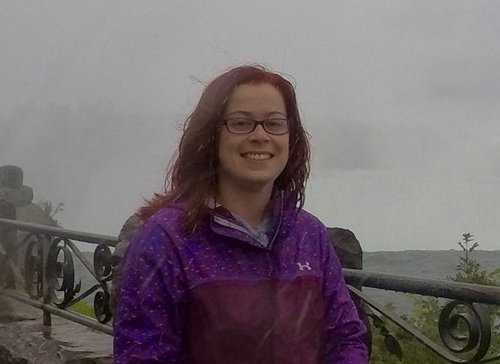
Katie Bosman
kbosman@nfsi.caKatie has over 10 years industry experience as a seismologist performing microseismic monitoring for the petroleum and mining industries, focused on algorithm development and data interpretation. As part of the NFSI and the Ocean Frontier Institute at Dalhousie, she is responsible for data management and pre-processing for a variety of ocean-based datasets, as well as providing web development expertise.
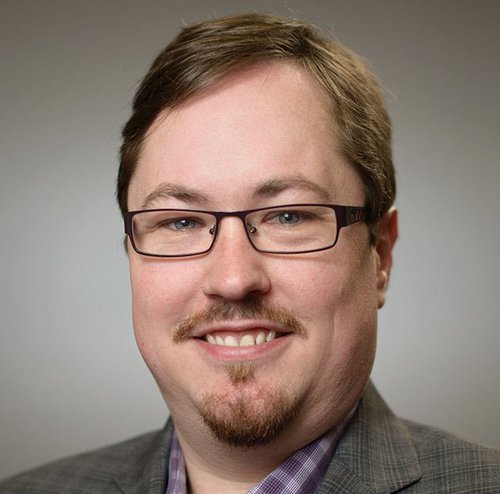
Andrew Schaeffer
andrew.schaeffer@canada.caDr. Schaeffer is a Research Scientist with the Geological Survey of Canada and Adjunct Professor in the School of Earth and Ocean Sciences at the University of Victoria. His research focuses on the structure and dynamics of the Earth’s lithosphere, as well as studies of seismicity for better understanding the sources and mechanisms of seismic hazard across Canada. He also develops and maintains a variety of open-source software repositories in collaboration with Dr. Audet.
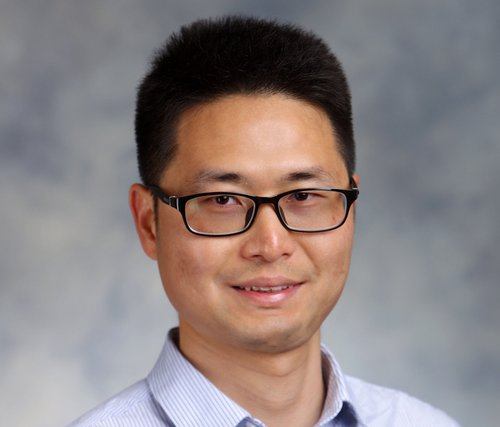
Miao Zhang
miao.zhang@dal.caDr. Zhang is a researcher with interests centered on detection, location, and characterization of seismic energy sources. He is curious about all types of seismic events on land and at sea ranging from tectonic and volcanic earthquakes to induced earthquakes and man-made explosions. He developed multiple open source software packages for earthquake monitoring (e.g., Match&Locate and REAL).
Dalhousie Facilitation Committee
The Project Facilitation Committee helps ensure that the NFSI is properly supported and facilitated within the University, and that it is managed responsibly in accordance with funding agency guidelines and Dalhousie University regulations and policies. This committee ensures that procedures are employed to track and achieve progress towards objectives laid out in the project agreement or grant award, as applicable, and minimize legal risk and liability to Dalhousie University and the NFSI.















